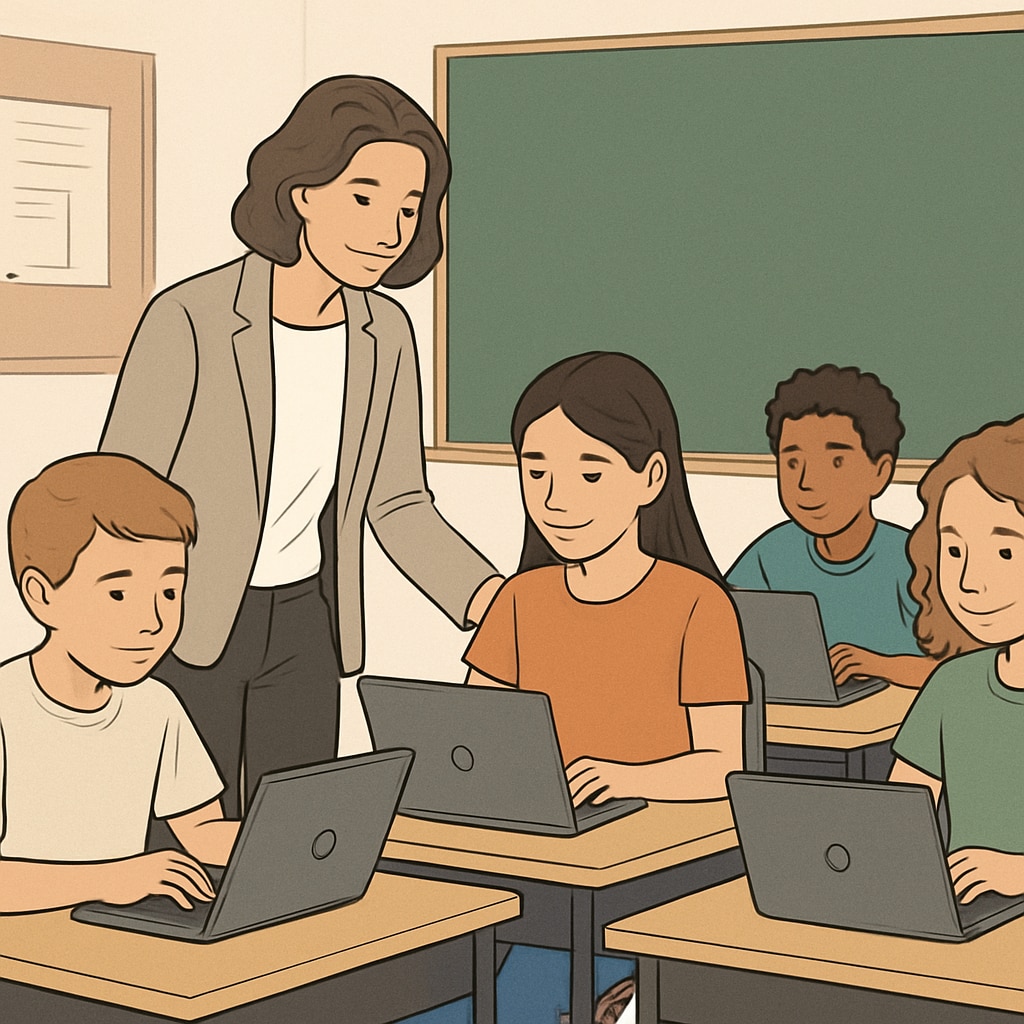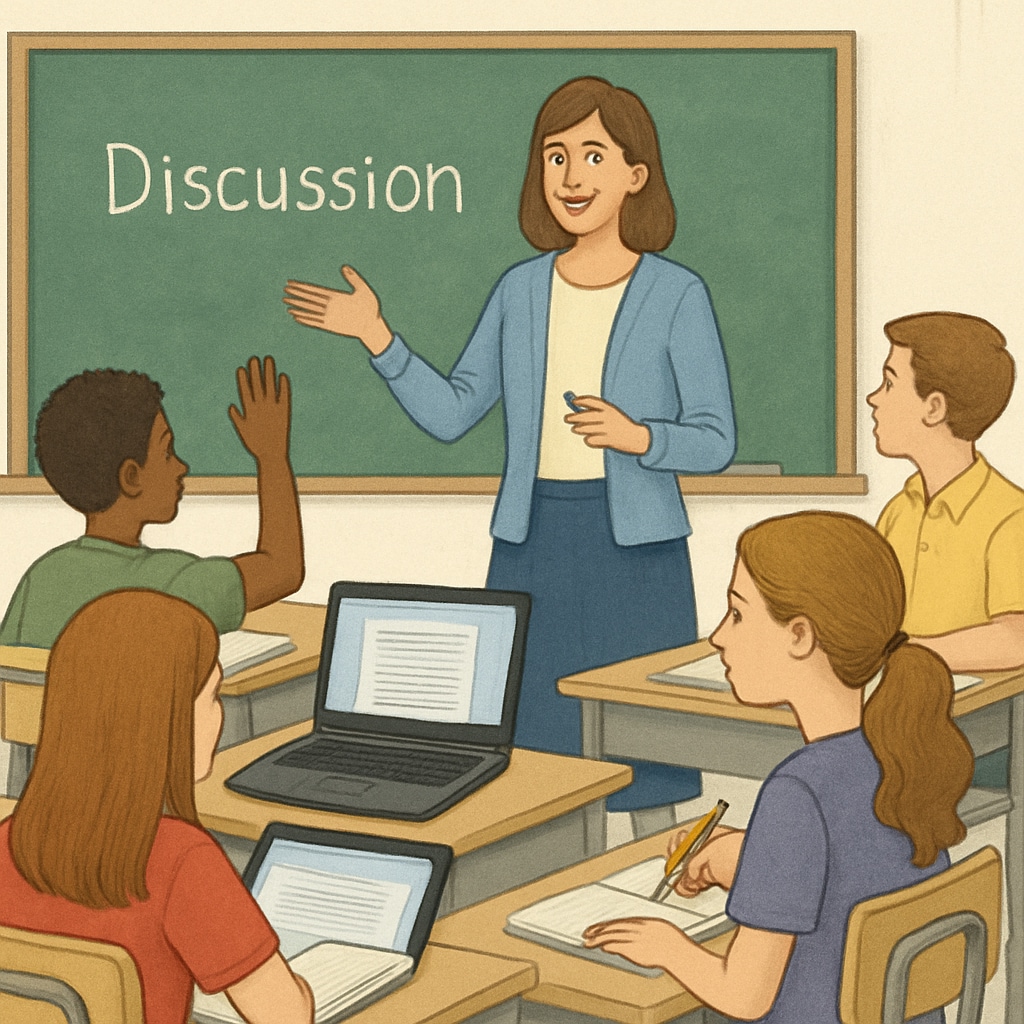Education technology, critical thinking, and Chromebooks are reshaping modern classrooms. From interactive lessons to instant access to global resources, EdTech has revolutionized the K-12 landscape. However, this rapid integration raises concerns about its impact on students’ critical thinking and independent learning skills. While digital tools prioritize efficiency, are they inadvertently discouraging the deeper cognitive processes essential for critical analysis and problem-solving?
The Rise of Education Technology in Classrooms
Education technology has become an integral part of teaching, with devices like Chromebooks leading the charge. Schools worldwide are leveraging EdTech to streamline administrative tasks, personalize learning, and engage students. For instance, platforms like Google Classroom and interactive whiteboards offer seamless collaboration and instant feedback.
However, the focus on speed and convenience comes with potential drawbacks. Studies suggest that over-reliance on digital tools may limit opportunities for students to engage in open-ended problem-solving or Socratic questioning. These skills are critical for developing a well-rounded intellect and are often better nurtured through traditional or blended teaching methods.

Balancing Efficiency and Critical Thinking
While the efficiency of EdTech is undeniable, its implications for critical thinking demand closer examination. Critical thinking involves analyzing, synthesizing, and evaluating information to form reasoned judgments. These skills require time, reflection, and the freedom to explore multiple perspectives—elements that may be sidelined in a tech-centric classroom.
For example, automated learning systems often emphasize rote learning and standardized testing over exploration and debate. This can result in students becoming passive recipients of information rather than active participants in their education. As a result, educators must find ways to integrate technology while maintaining space for critical discourse.
To strike this balance, schools can adopt hybrid models that combine digital tools with face-to-face discussions. Additionally, professional development programs for teachers can emphasize strategies to cultivate critical thinking within tech-enhanced environments.

The Role of Teachers in a Tech-Driven World
Teachers play a pivotal role in mitigating the challenges posed by education technology. While devices like Chromebooks provide access to vast amounts of information, it is the teacher’s guidance that helps students discern credible sources, question assumptions, and connect ideas creatively.
For instance, educators can use EdTech tools to introduce a topic but encourage students to engage in deeper conversations or group projects offline. This approach not only makes learning more dynamic but also ensures that critical thinking remains central to the educational experience.
Furthermore, teachers can model critical thinking by questioning the content of digital materials in class. For example, asking, “What bias might exist in this source?” or “How does this perspective differ from others?” can inspire students to evaluate information critically, even in a tech-heavy setting.
Future Considerations for EdTech Integration
As education technology continues to evolve, its integration must be guided by a clear understanding of its strengths and limitations. Policymakers, educators, and developers should prioritize tools that complement, rather than replace, critical thinking exercises. For example, incorporating AI-driven platforms that adapt to students’ thought processes rather than merely providing answers could be a step in the right direction.
Moreover, schools should assess the effectiveness of EdTech not solely by test scores but by measuring improvements in students’ analytical and reasoning abilities. This broader evaluation framework can ensure that technology serves as a means to an end, not an end in itself.
In conclusion, education technology, including Chromebooks, offers unparalleled opportunities for efficiency and engagement. However, these advancements must not come at the expense of critical thinking. By fostering a thoughtful balance between digital tools and traditional methods, educators can prepare students for the complex challenges of the 21st century.
Readability guidance: This article emphasizes short paragraphs, clear transitions, and actionable insights. A hybrid teaching model and teacher training programs are highlighted as solutions to balance EdTech efficiency with critical thinking development.


